Vernacular goes global in Mexico's brilliant workshops and studios
From Mexico to the World
-
Trine Ellitsgaard's studio in Oaxaca
Photo © Marcel Rius Baron for L'AB/Pamono
-
Trine Ellitsgaard at her studio in Oaxaca
Photo © Marcel Rius Baron for L'AB/Pamono
-
Trine Ellitsgaard's studio in Oaxaca
Photo © Marcel Rius Baron for L'AB/Pamono
-
Trine Ellitsgaard's studio in Oaxaca
Photo © Marcel Rius Baron for L'AB/Pamono
-
Trine Ellitsgaard's studio in Oaxaca
Photo © Marcel Rius Baron for L'AB/Pamono
-
Trine Ellitsgaard's studio in Oaxaca
Photo © Marcel Rius Baron for L'AB/Pamono
-
Trine Ellitsgaard's studio in Oaxaca
Photo © Marcel Rius Baron for L'AB/Pamono
-
Alebrijes at the workshop of Luisa Ortega
Photo © Marcel Rius Baron for L'AB/Pamono
-
Luisa Ortega working on an Alebrije chair at her studio in Oaxaca
Photo © Marcel Rius Baron for L'AB/Pamono
-
Luisa Ortega working on an Alebrije chair at her studio in Oaxaca
Photo © Marcel Rius Baron for L'AB/Pamono
-
Alebrijes at the workshop of Luisa Ortega
Photo © Marcel Rius Baron for L'AB/Pamono
-
Alebrijes at the workshop of Luisa Ortega
Photo © Marcel Rius Baron for L'AB/Pamono
-
Luisa Ortega working on an Alebrije chair at her studio in Oaxaca
Photo © Marcel Rius Baron for L'AB/Pamono
-
Alebrijes at the workshop of Luisa Ortega
Photo © Marcel Rius Baron for L'AB/Pamono
-
Alebrijes at the workshop of Luisa Ortega
Photo © Marcel Rius Baron for L'AB/Pamono
-
Alebrijes at the workshop of Luisa Ortega
Photo © Marcel Rius Baron for L'AB/Pamono
-
Alebrijes at the workshop of Luisa Ortega
Photo © Marcel Rius Baron for L'AB/Pamono
-
At the workshop for Diario in Oaxaca
Photo © Marcel Rius Baron for L'AB/Pamono
-
At the workshop for Diario in Oaxaca
Photo © Marcel Rius Baron for L'AB/Pamono
-
At the workshop for Diario in Oaxaca
Photo © Marcel Rius Baron for L'AB/Pamono
-
At the workshop for Diario in Oaxaca
Photo © Marcel Rius Baron for L'AB/Pamono
-
At the workshop for Diario in Oaxaca
Photo © Marcel Rius Baron for L'AB/Pamono
-
At the workshop for Diario in Oaxaca
Photo © Marcel Rius Baron for L'AB/Pamono
-
At the workshop for Diario in Oaxaca
Photo © Marcel Rius Baron for L'AB/Pamono
-
At the workshop for Diario in Oaxaca
Photo © Marcel Rius Baron for L'AB/Pamono
-
At the workshop for Diario in Oaxaca
Photo © Marcel Rius Baron for L'AB/Pamono
-
At the Oaxaca workshops for Colectivo 1050°
Photo © Colectivo 1050°
-
At the Oaxaca workshops for Colectivo 1050°
Photo © Colectivo 1050°
-
At the Oaxaca workshops for Colectivo 1050°
Photo © Colectivo 1050°
-
At the Oaxaca workshops for Colectivo 1050°
Photo © Colectivo 1050°
-
At the Oaxaca workshops for Colectivo 1050°
Photo © Colectivo 1050°
The Mexican design scene is on the rise. There’s a tingling feeling that we’re on the brink of something big, buoyed by a new breed of trailblazing, Mexican designers, makers, and editors exploring the fertile ground at the intersection of industry and craft.
“Traditionally, Mexican industry—unlike in Europe and the U.S.—never developed close relationships with designers, which has made our design history more workshop based; the handmade is mixed with some industrial processes and a lot of vernacular design,” explains Regina Pozo. At only 27, Pozo launched the brand ALTA Artesanía with business partner and designer Aitor Garrido. The duo aims to “make very simple and contemporary objects even more special in a very subtle way; respecting original designs and trying not to interfere with the artisan's view or creativity. But we do push them to deliver their best work for us.”
In other words, it’s all about craft. Once that might have been a word to wrinkle a modernist’s nose, but these days, the interest in the artisanal, the handmade, is skyrocketing. “Crafts in their most essential version are made for sacred, ritual reasons; not necessarily consumer goods,” says Pozo. And while the commercialization of craft provides new means of sustainability for entire Mexican communities, it is perhaps the remnants of this sacred tradition that lend the pieces their inimitable patina.
Pozo tells a wonderful story about packing up a van and heading out on a scouting mission. “I was looking for a small Banco Lechero,” she explains, “a three-legged stool typology used to milk cows that Luis Barragán used inside his Casa Barragán. A very old lady was sitting on top of exactly the one we needed, selling veggies in a marketplace in a remote town in Jalisco!” It took some convincing, but after purchasing a new, more comfortable replacement, the deal was eventually closed. “I really could not leave without that stool!”
Moisés Hernández has a similar appreciation for the colloquial in design. His homewares design brand Diario began as the final project for his Master’s degree in Product Design at ECAL in Switzerland, motivated by a desire to “redesign everyday objects” and to “create objects that people actually use.” Hernández knew immediately that the work he envisioned could only be made in Mexico. While preparing to leave Lausanne, he met with his supervising professor, Augustin Scott de Martinville; a meeting which led Hernández, ultimately, to the heart of his venture.
“One thing that we agreed is that before every [online, supervisory] meeting, I would send a diary of all the activities I was doing back in Mexico. The thing is that this diary took on a lot of power, and I noticed that showing the places I went, the people I met, and even the food I ate was important for the project. I realized that the strongest part of this project was that—the diary—because it transmitted and explained the world around the objects; why they exist.” Diario specializes in exquisitely reduced, minimalist handmade objects that embody the brand’s philosophy: “Respect tradition, but also try to simplify the objects to their essential character, removing excessive decorations and exalting their best assets.”
Also melding tradition with timelessness, Paulina Hassey, from Galería ADN—a heavyweight in the Mexican design scene—curates, with her partner Paulo Peña, furniture, design, and art spanning the spectrum of Mexico's geographical and temporal styles. As she explains, “The first criterion is always authenticity. We like materials that age beautifully and that will last many, many years. We believe the type of design we have is for people who see details, who see the difference between one wood or another, and for people who see each piece’s intrinsic value.”
At ten years in—first under the name Segundo Aire in a small space in the lively barrio of Colonia Roma, then, since 2009, as Galería ADN in their current, larger location in Polanco—Hassey may be one of the veterans of Mexico’s gallery scene, but she remembers the pioneering spirit with which it all started. “We were broke and clueless,” she says, “but both of us shared our love for beautiful things, and that was the common ground.” Today more than ever, ADN exalts the value of craft. “Many of the designers we work with are not Mexican, but have taken Mexico as their adopted homeland, because of the exquisite tradition of local craftsmanship. There are towns in Mexico completely dedicated to weaving, for example, in which entire families have been practicing their art for centuries.”
The lyrical textiles of Trine Ellitsgaard
are the perfect example. The Danish-born artist, who has lived for more than two decades in Oaxaca—a state in southwestern Mexico that is distinguished by its stunningly rugged terrain and the rich, enduring heritage of the region’s indigenous peoples—uses her loom to literally intertwine the cool, Scandinavian sensibility of her past with (for international eyes, at least) the unexpected, raw materials and influences of her Oaxacan present. Ellitsgaard works closely with the weaving community of Teotitlán del Valle in Oaxaca and, according to Hassey, the centuries of mastery that come with this collaboration are key. “When someone is a master of their material, they don’t try to imitate; they have more freedom to create and interpret, which results in such unique pieces.”
So, one wonders, is it possible to begin to speak of an emerging Mexican design identity, in the way one can immediately call to mind, say, a Nordic design aesthetic? According to Diario’s Hernández, not at all: “Design reflects society, and Mexican society is so diverse that Mexican design is as well. I don’t think that, as Mexican designers, we are synchronized on the same channel.” And, when one looks at the mesmerizing diversity of the objects coming out of the country right now—from the effervescence of ALTA Artesanía’s Alebrije Chair to the crisp directness of Diario’s Gradient Blue Tablecloth—one can only be glad that this is the case.
* To see more of the beautiful work coming out of Mexico today, check out the work of Peca, Bi Yuu, Colectivo 1050°, and Gala Fernández!
-
Text by
-
Gretta Louw
A South-African born Australian currently based in Germany, Gretta is a globetrotting multi-disciplinary artist and language lover. She holds a degree in Psychology, and has seriously avant garde leanings.
-
More to Love
Elia Cup by Amalia Cruz for Colectivo 1050º

Manitas Dish by the Ortíz Cortés Family for Colectivo 1050º
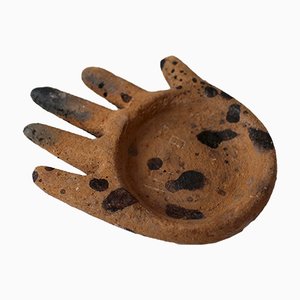
Bartola Jug by Colectivo 1050º
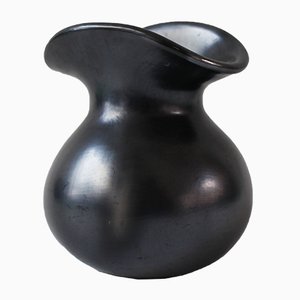
Mamá Cochino Vessel by Alberta Mateo for Colectivo 1050º

Hauri Black Marble Candleholder by Caterina Moretti & Ana Saldaña for PECA, 2017
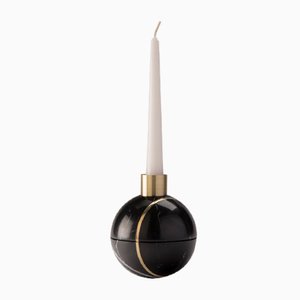
Hauri Marble Candleholder by Caterina Moretti and Ana Saldaña for Peca
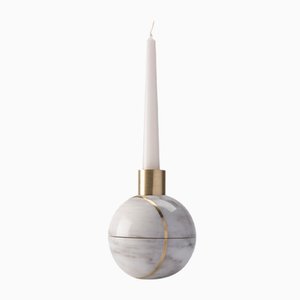
Lava Volcanic Rock Oval Tray by Caterina Moretti and Ana Saldaña for Peca

Lava Volcanic Rock Round Tray by Caterina Moretti & Ana Saldaña for PECA
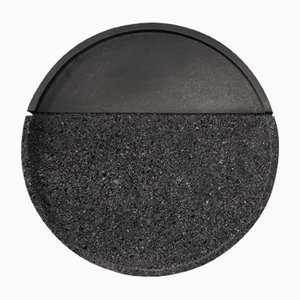
Three Little Pigs Bowls by Alberta Mateo & María Gutiérrez for Colectivo 1050º, Set of 3

Papá Cochino Vessel by Alberta Mateo for Colectivo 1050º

Animal Salt Shaker by Colectivo 1050°

Lava Volcanic Rock Set by Caterina Moretti & Ana Saldaña for PECA
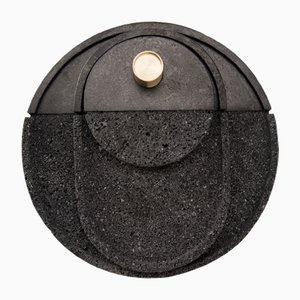
Lava Volcanic Rock Candleholder by Caterina Moretti & Ana Saldaña for PECA
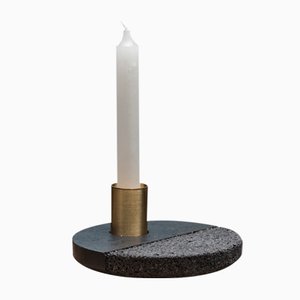
Santa Clara Desk Organizer by Caterina Moretti for PECA
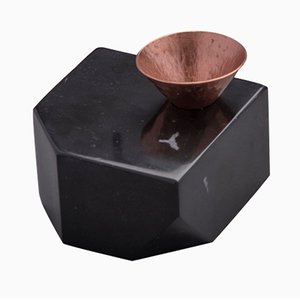
Santa Clara Desk Organizer by Caterina Moretti for PECA

Out of the Cage (Blue) by Gala Fernandez
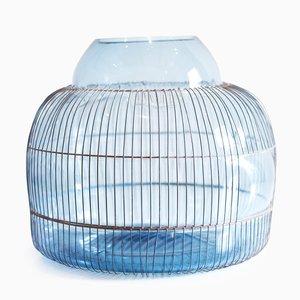
Mokki Onyx Lamp Pot by Caterina Moretti for Peca
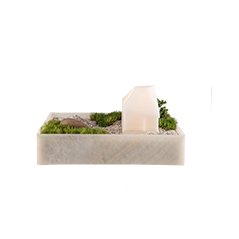
Lava Trays by Caterina Moretti and Ana Saldaña for Peca, Set of 3
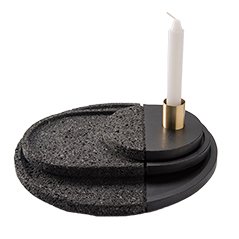
Stilleven Walnut Stand by Valentín Garal for Peca
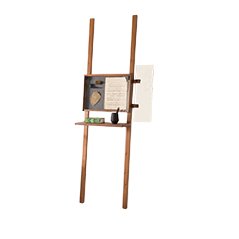
Out of the Cage (Amber Vase) by Gala Fernandez

Oneoff 2 Light by Gala Fernández for Real Fábrica de Cristales de La Granja
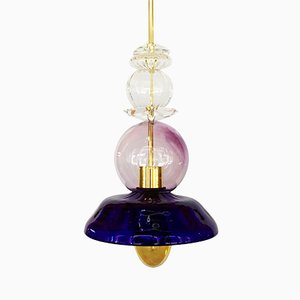
Out of the Cage (Red 2) by Gala Fernandez
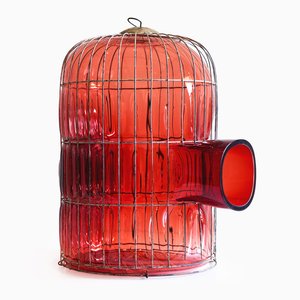
Out of the Cage (Red 1) by Gala Fernandez

Santa Clara Desk Organizer by Caterina Moretti for PECA

Tribu Volcanic Rock Tray and Spice Containers by Caterina Moretti and Alejandra Carmona for PECA, Set of 3

Tribu Volcanic Rock Tray by Caterina Moretti and Alejandra Carmona for PECA

Tribe Horizontal Spice Container by Caterina Moretti & Alejandra Carmona for Peca

Tribe Vertical Spice Container by Caterina Moretti & Alejandra Carmona for Peca

Little Sculpture #17 by Gala Fernández
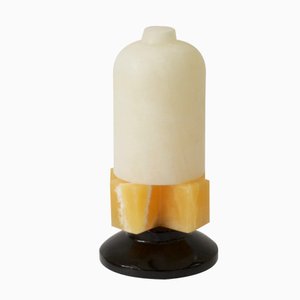
Little Sculpture #10 by Gala Fernández
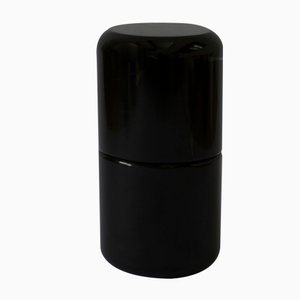
Little Sculpture #6 by Gala Fernández
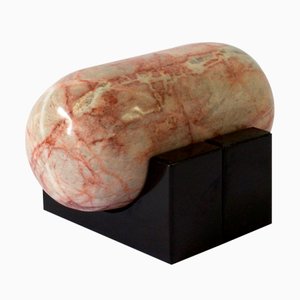
Little Sculpture #2 by Gala Fernández
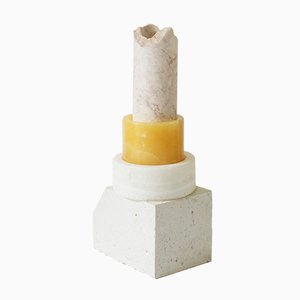
































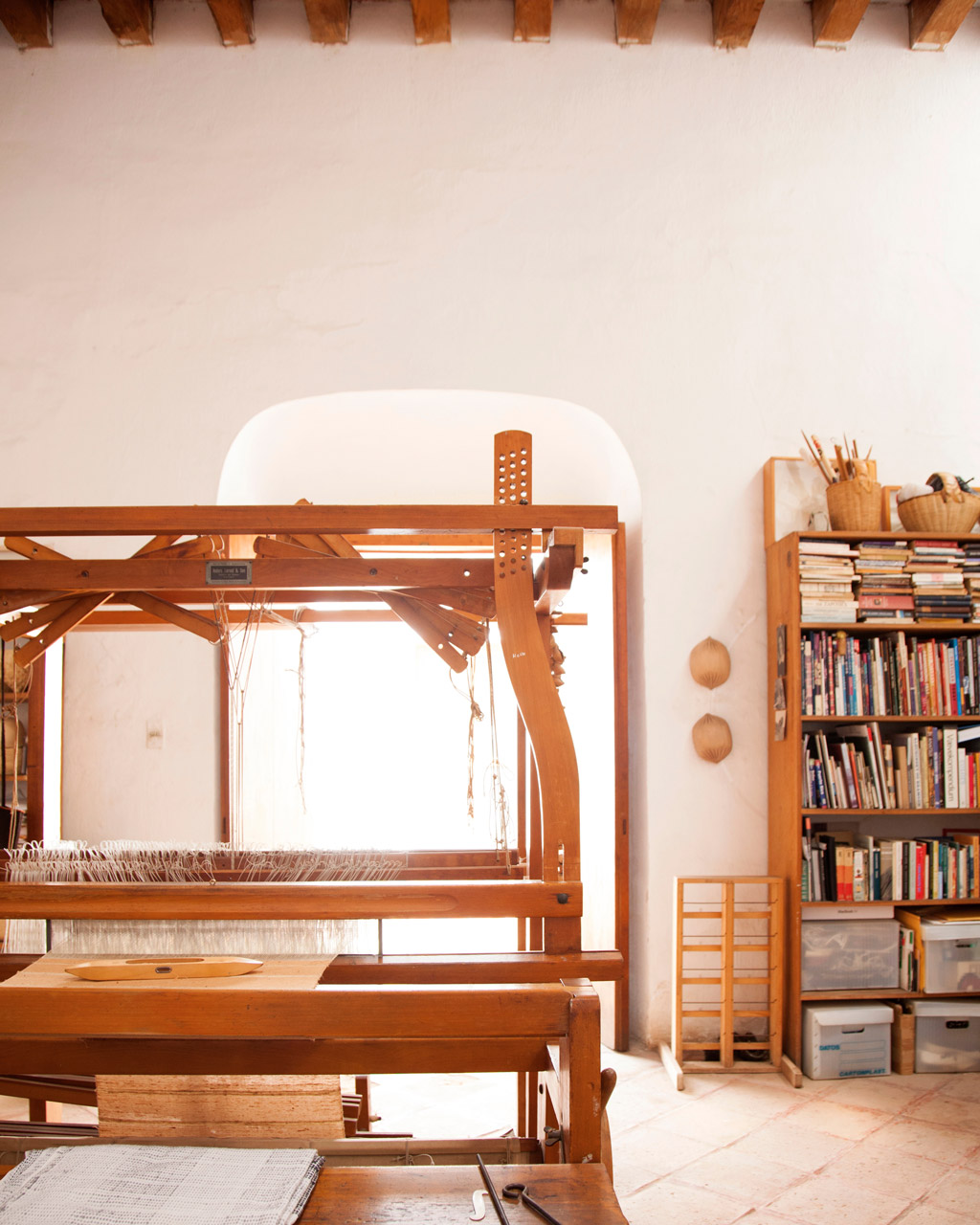 In Trine Ellitsgaard's Oaxaca studio
Photo © Marcel Rius Baron for L'AB/Pamono
In Trine Ellitsgaard's Oaxaca studio
Photo © Marcel Rius Baron for L'AB/Pamono
